As Cholinesterases are enzymes that form in the liver. They are important for laboratory diagnostics.
What are cholinesterases?
For cholinesterase (ChE) is an enzyme that is made inside the liver. It belongs to group III of hydrolases. The enzyme catalyzes the hydrolytic cleavage of the ester bond, which takes place between the carboxy group of an organic acid and the OH group of the nutrient choline.
Cholinesterase is one of the enzymes. These are special proteins that temporarily change different building blocks in the human body biochemically. In this way, these substrates can u. a. use for metabolic processes. If the desired effect can be achieved, the enzyme-substrate complex is then dissolved.
Function, effect & tasks
The cholinesterases are fed into the circulation via the blood. There the enzyme searches for certain substrates so that it can break the ester bonds of organic acids with choline.
Cholinesterases can be divided into different subgroups depending on the type of acid. These include the real cholinesterase (acetylcholinesterase) and the non-specific cholinesterase (pseudocholinesterase). While the acetylcholinesterase is responsible for splitting acetylcholine into acetate and choline, the pseudocholinesterase is responsible for splitting different choline esters. The unspecific cholinesterases are detected in the blood as well as in the pancreas and the mucous membrane of the intestine. They prevent the acetylcholine from reacting in the organs. The most important task of cholinesterase is to regulate the interaction between muscles and nerves.
Since the production of cholinesterases takes place exclusively in the liver, they are extremely important for medical diagnostics. Liver dysfunction can be assessed with the enzymes. A correct diagnosis is not possible with the blood values determined. For this reason, doctors use cholinesterases to monitor the course of the disease. The most common causes of the disorder are inflammation of the liver such as hepatitis or a tumor. If the cholinesterase value drops during the tests carried out, this is considered an indication of a decrease in enzyme production. This means that the liver or liver cells are not able to function properly. In this way, the doctor determines whether the liver can still manufacture the important substances.
Education, occurrence, properties & optimal values
As already mentioned, the production of cholinesterase only takes place in the liver. There it is made by the hepatocytes, the cells of the liver. There are no generally applicable guide values for cholinesterase. The reason for this is their strong individual fluctuations from person to person. In addition, the enzyme is somewhat dependent on certain factors such as gender, age and temperature.
For this reason, during a follow-up check, a first value is set that serves as a reference that doctors use for the examination. Due to the relatively long half-life, changes in enzyme activity can usually only be detected after two weeks.
In medicine, certain standard values apply for cholinesterase, which are determined separately for men and women. There is an upper limit of 12.9 kilo units per liter (kU / l) for males at a temperature of 37 degrees Celsius. The lower limit is 5.3 kU / l. In women, there is a differentiation between pregnant and non-pregnant women. If there is no pregnancy, there is an upper limit of 11.3 kilo units per liter and a lower limit of 4.3 kU / l.
For pregnant women, an upper limit of 9.1 kU / l and a lower limit of 3.7 kU / l are set. During pregnancy, for example, there is a decrease in the cholinesterase level. Despite these specified standard values, the individual case is always assessed. Even extremely low or high cholinesterase levels can be quite normal.
Diseases & Disorders
Low cholinesterase levels are mostly caused by certain diseases. These primarily include chronic liver diseases such as hepatitis, liver tumor, liver cirrhosis or other cancer diseases.
Other possible triggers include the use of certain drugs such as ovulation inhibitors or beta blockers, severe poisoning with paracetamol, insecticides or nerve agents, pronounced malnutrition, sepsis (blood poisoning) or severe infections. In some cases, a deficiency in cholinesterase is already congenital and has no disease value. However, there is a risk when anesthetics are administered that require cleavage of the cholinesterase enzyme. For this reason, the drug must be adapted, because the breakdown of the narcotic proceeds only slowly.
It is important to determine the cholinesterase level before administering an anesthetic. The patient often receives muscle relaxants to relax the muscles, which are broken down by the liver. The administration of these agents suppresses the patient's independent breathing, so that mechanical ventilation must take place. In order to be able to precisely determine the correct dosage, the cholinesterase value is required. It gives indications of the activity of the liver cells. By calculating the enzyme value, the person should be able to breathe independently again as quickly as possible.
If the cholinesterase values are too high, this is of no significance for the diagnosis or follow-up. Elevated values occur in the case of diabetes mellitus (diabetes), fatty liver disease, cardiovascular diseases such as angina pectoris or a heart attack, and nephrotic syndrome. Other causes are the loss of protein in the intestine, an overactive thyroid, severe obesity and Gilbert-Meulenbracht disease. Sometimes the increased cholinesterase levels are also due to hereditary characteristics.

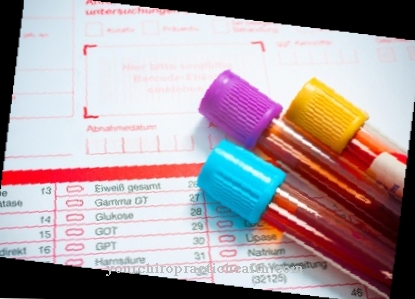
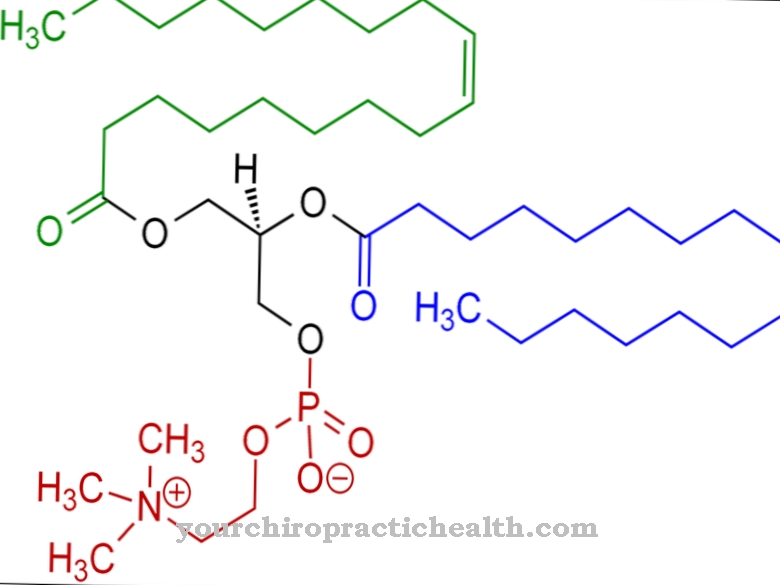
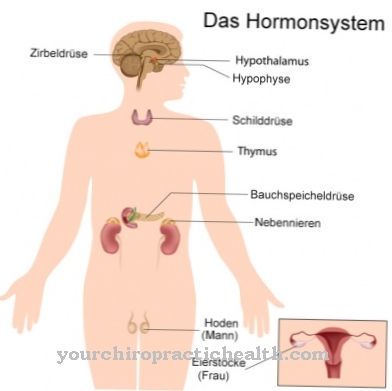

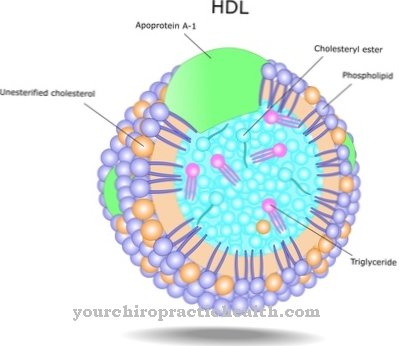
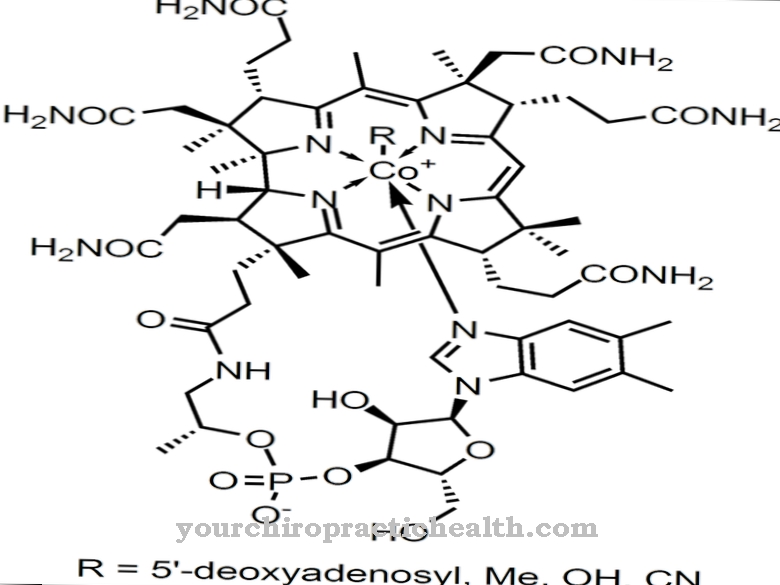

















.jpg)



